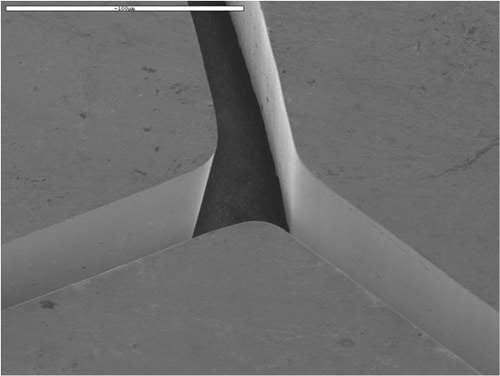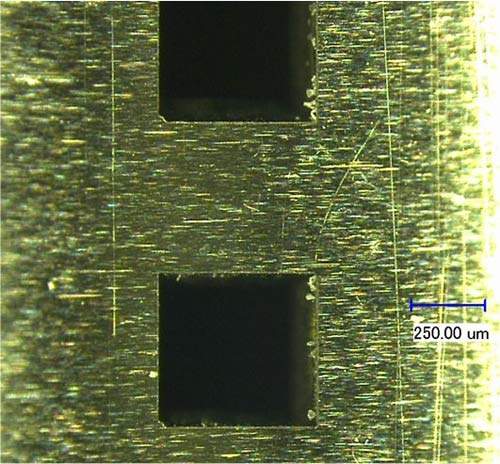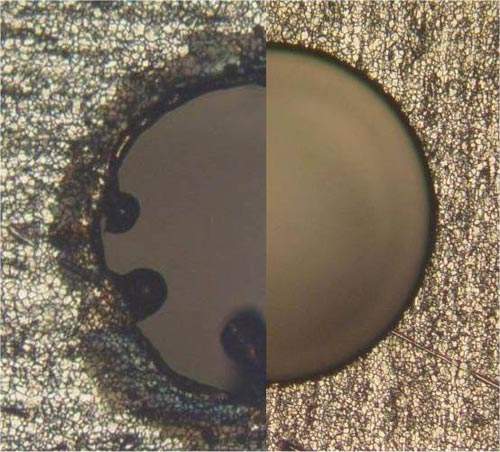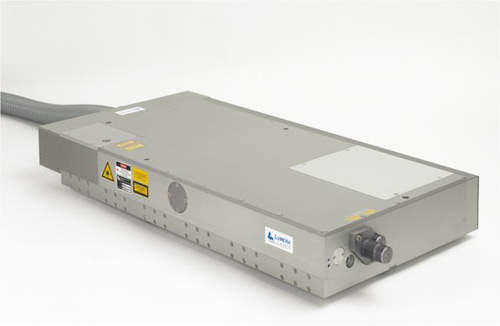LUMERA LASER is the world leader in the development and fabrication of picosecond laser systems used in micromachining applications. LUMERA LASER was the first to demonstrate industrially packaged picosecond lasers and is the acknowledged market leader in this technology.
The number of micromachining applications utilising ps-laser systems is growing exponentially and analysts forecast a tenfold increase within the next three to four years. Micromachining for medical devices is leading this growth trend as more and more applications benefit from HAZ-free (heat-affected zone), micro-crack-free and burr-free material processing at the micrometer scale.
Ps-laser systems for micron-sized features in any material
A laser beam focused to 5µm-10µm enables the machining of features of a similar or smaller size. As the mechanical feature size shrinks with the miniaturisation of medical devices, it becomes more and more difficult – not so say impossible – to manufacture such features with mechanical means. The ablation process underlying ps-laser systems applies to all solid materials (metals, plastics, ceramics, glass, etc.), which means that virtually any material can be machined with micron-size precision.
HAZ-free and micro-crack-free machining
A large number of medical devices, such as stents or other implants, are subject to extremely high demands on mechanical durability and cycles of use. This is especially true for mechanical implants. Mechanical implants machined with a ps-laser are ensured not to have any HAZ or micro-cracks. HAZ and micro-cracks lead to material fatigue or premature deterioration, which compromises the longevity of implants and should therefore be avoided.
Burr-free machining with ps-laser pulses
Ablation with ps-laser pulses allows for burr-free machining, thereby eliminating multiple past-processing steps. Nanosecond (or longer) laser pulses machine by quickly heating up the material to its melting point and evaporating those molecules. In most cases this ns-laser melting causes local deformation and burrs. Such burrs have to be removed either by manual labour or by other time-consuming post-processes.
The use of ps-laser pulses, however, completely eliminates the need for post-processing. This allows for shorter manufacturing time, higher yield and lower cost.
Industrial-grade laser systems
Since the first ps-lasers about ten years ago this technology has developed considerably and turnkey, industrial-grade laser systems are now being used in 24/7 production. LUMERA LASER has developed several key technologies to this end and has delivered the largest number of such systems.
High-ablation-rate ps-laser systems for cost-efficient micromachining
Economic feasibility of micromachining with ps-laser pulses is determined by the comparison between total cost of ownership (TCO) and value added through micromachining. The TCO for a ps-laser system is between €0.10/min and €0.20/min and ablation rates of up to 60m³/min can be achieved at today’s power levels. In many cases one device can be processed on the scale of minutes while the added value is many times the laser cost during that time.
Technology platform for industrial picosecond lasers
LUMERA LASER features the RAPID series with industrial picosecond lasers of 6W, 18W, 25W and 50W average power. All RAPID systems are based on a 50MHz mode locked oscillator, which generates a ~10ps-pulse-train and a subsequent power amplifier. The combination of high pulse energy and high repetition rate enables very high average power.
Proprietary pumping technology allows all lasers of the RAPID series to exhibit exceptional beam pointing and focus location stability, a prerequisite for high-precision micromachining.
Process development for micromachining with picosecond laser systems
LUMERA LASER offers process development services to optimise processes toward customer-specific applications. In addition, low-quantity production can be carried out in our job shop. The job shop can bridge the early development to the mass production stage.





